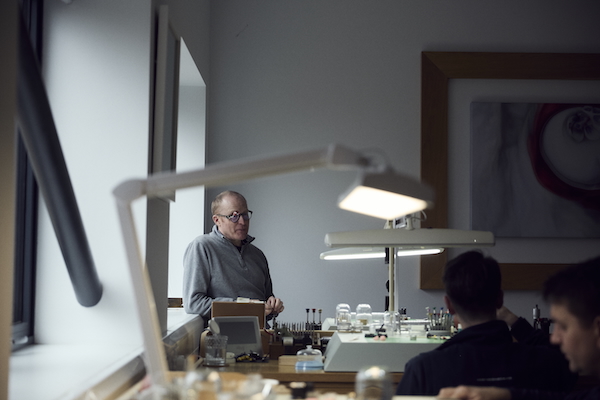
“As a small boy I did have this obsessive quest to make things perfect—my first model aircraft had glue everywhere, so I kept going until there was no glue visible—and I’m a perfectionist now when it comes to watchmaking,” says Roger W Smith. “But if you’re like that with other parts of life I think you have to have a word with yourself, you have to learn to let go. Maybe you should really ask my wife Caroline if I actually do that. She’d probably say I’m certifiable”.
Smith—or Roger W Smith, to give his full professional name—lives what some might regard as a hermetic existence, his working hours given over to making what are considered some of the most exquisite watches in existence. Indeed, some have called him the greatest living watchmaker, much to his acutely British sense of embarrassment.
“I can feel myself turning red at that idea,” he says. “It’s not a label I really think about—I just get up each day and try to make watches you can’t find anywhere else. Being a watchmaker is all I’ve ever done since I was 18 and that’s where I’m happiest. It’s where I can command my own little world.”
That little world isn’t in Geneva or Glashutte either but a recently extended converted agricultural building on the Isle of Man, a remote island in the middle of sea between England and Ireland. In watchmaking terms, it’s the middle of nowhere too. Or was before Smith decamped there.
“I used to think I was missing out somehow, but here I’m not influenced by the ideas of other watchmakers in Switzerland or Germany. My watchmaking would be every different if I had,” he reckons. “I don’t think I’d have carved my own path in the same way. It’s why I don’t go to the big watch [trade show] events either. Or maybe that’s because I’m anti-social”.
He says that, but actually he’s utterly affable, happy to chat about his work, happy perhaps because he seems entirely content in it. Besides which, his clients— high-rollers ready to drop anywhere between SGD500,000 and SGD850,000 on a watch they have likely waited a few years for—are happy to come to him. After all, Smith and team only make around 15 watches each year, with absolutely no intention or desire to make that 150 or 1,500. There is, he jokes—more out of relief than boastfulness—already “a waiting list for the waiting list”.
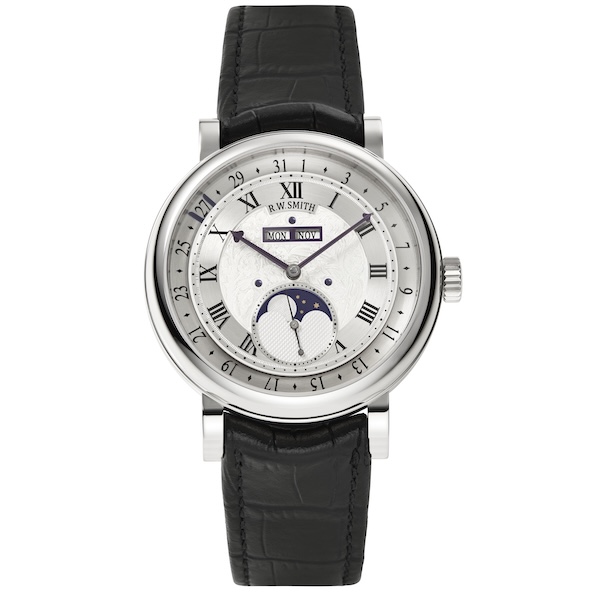
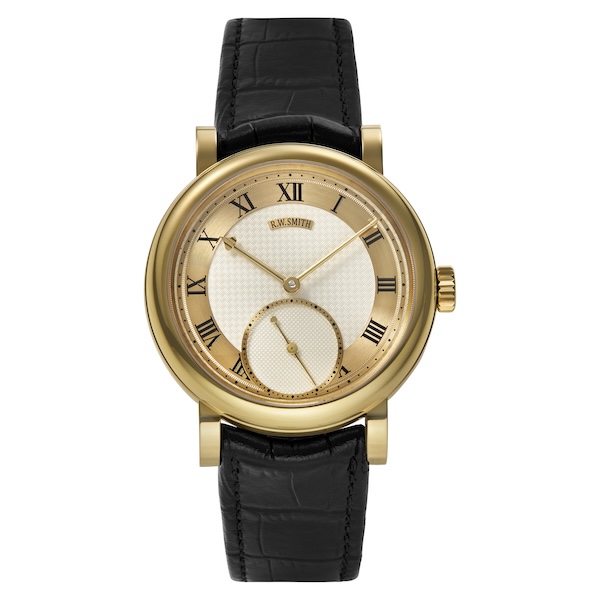
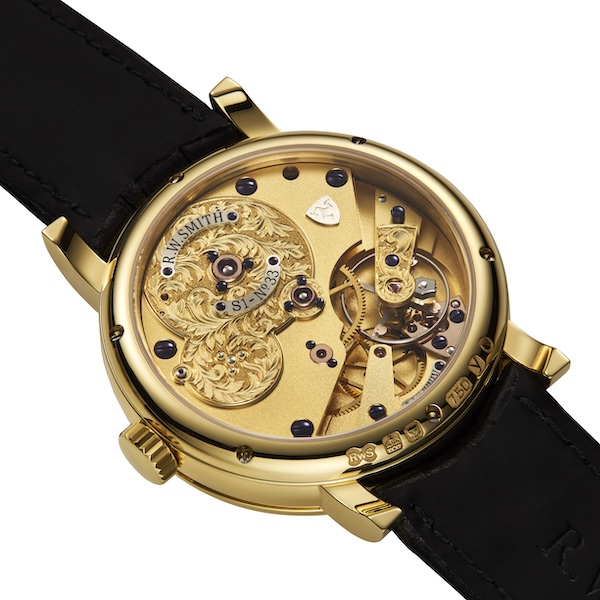
It says something that, after three years of planning, this summer will see the release of his Series 6 watch which, as the name suggests, is (bar some special projects) only Roger W Smith’s sixth model. Smith isn’t revealing much about it other than—mischievously—that it’s “a nice watch and will keep time”. But his Series 4, for example, is an instantaneous triple calendar piece in which, in a watchmaking first, the date indicator travels around the outer edge of the dial without the need of a hand cluttering up the dial—so expect something similarly original. Either way, he knows it will sell out, likewise the Series 7 scheduled for unveiling next year.
That Smith makes so few watches—Rolex, by way of comparison, and in many ways it’s not an equitable one, makes around 900,000 watches a year—is because he does so by what he calls, with some reverence, “the Daniels method”. That means every component in one of his watches—and there are some 250 in his most basic model, each one pored over—is made in-house. Every bit of decoration is done in-house too. It’s a remarkable assemblage of specialist skill-sets in one barn. “The raw materials enter one end of the building and a watch leaves the other end—eventually—and that’s the way I like it,” Smith says.
He learned that from George Daniels, often proclaimed as the greatest watchmaker of the 20th century, inventor of the co-axial escapement—which OMEGA holds the rights to—and a reclusive figure who once selected Smith to be his one and only apprentice. Smith managed to win this position through remarkable teenage chutzpah.
Rather lost at school—“I couldn’t see the point,” says Smith—and somewhat adrift, his antique dealer father suggest he look into horology. Smith was quickly hooked—he got a job repairing watches at H Samuel, a very mainstream high-street watch and jewellery retailer—and decided he would demonstrate his fledgling talents by making a pocket watch for Daniels. This was something akin, maybe, to a budding songwriter confidently sending off a new tune to Paul McCartney. The result of 18 months of toil, Smith’s first effort was bluntly dismissed by Daniels. So Smith tried again. And Daniels was impressed.
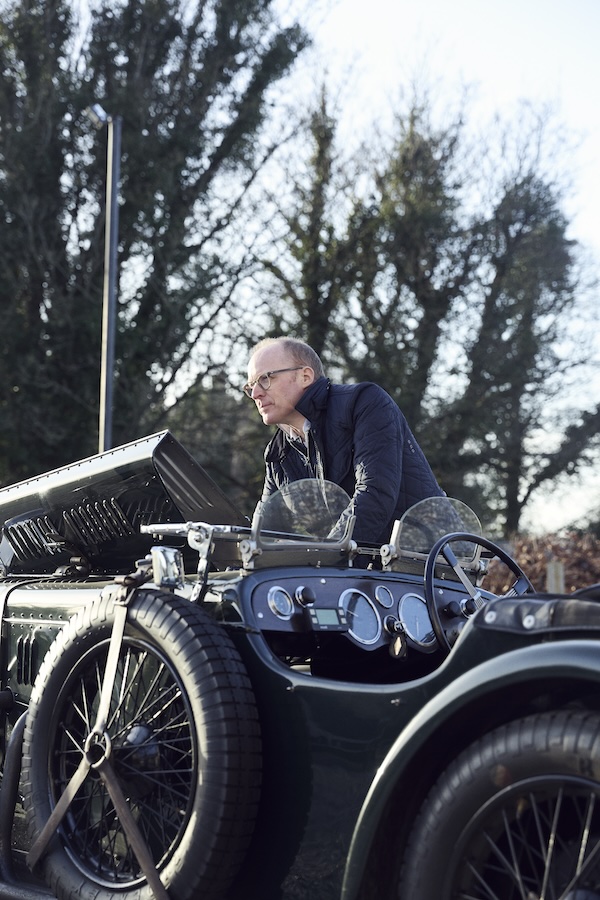
“He learned that from George Daniels, often proclaimed as the greatest watchmaker of the 20th century, inventor of the co-axial escapement—which OMEGA holds the rights to—and a reclusive figure who once selected Smith to be his one and only apprentice. Smith managed to win this position through remarkable teenage chutzpah.”
“It was just naivety and a youthful belief that there were no barriers. Oh, and a lot of ignorance: ‘if George could do it, then maybe I could have a go’,” laughs Smith, who was bequeathed Daniels’ tools on his death in 2011, and who remains a steward of the Daniels name, occasionally producing models to Daniels’ specification; later this year the Smith atelier will produce the first of these not to have been made before during Daniels’ own life-time. “Back then I think I really was convinced that I’d be an established watchmaker within a year. I was clueless really”.
Not so anymore. Just 15 years on from launching his own company, Smith is very well-established. His timepieces are classical in aesthetic—typically round, often open-work dials, Roman numerals, gold cases. They’re distinct in details—characterised by a raised progressive in watchmaking—Smith has, for example, since improved on the efficiency of Daniels’ escapement by radically lightening it. Smith’s now also count among them the world record sale for a British watch. In 2023 his No.2 pocket watch sold at auction for USD4.9m. The same year a wristwatch became his most valuable when Sotheby’s sold it for USD2.4m.
“It’s incredible really, to have that recognition,” says Smith. “I’ve never been about these big figures—the money in it all has never been my motivation so much as the watches. But all the same it made us realise that we’d been so busy making them that they’d been undervalued for a long time, especially given the effort we put into mechanical watchmaking as an entity in itself”.
It’s that, rather than brand, or flash, to question whether everything we do that tends to be the attraction for Smith’s customers, many of whom, he suggests, seem to share a background in some sort of manufacturing business. They don’t tend to be what he calls “fast money” types. But then what, Smith contends, is really the point of a mechanical watch in the 21st century if it’s not a celebration of mechanics for its own sake?
“Watches have to express something other than the time now, because we’re surrounded by precision instruments telling us that,” he contends. “The more we live in an ultra-high tech world in which everything talks to you—even your car!—the more I think people are starting to appreciate things that are built by craft, precision, skill. Those objects that have a real story force people out of the system that we’re all part of for a while. There’s a longing to connect to those things that feel real”.
It’s why Smith likes to tinker with model railways in his spare time too, or finds himself bent over a car engine—while cars still have engines—the parts of which must seem clunky and ungainly next to the kind he must view though a loupe and handle using tweezers. “The mechanism of a car engine has a beauty of its own too, different to that of a fine watch maybe, but one that offers a different pleasure,” he argues. “It’s the brutal physicality of it. I suppose you could try to make a car engine with the same level of finishing and detailing as a watch but I don’t think it would last very long”.
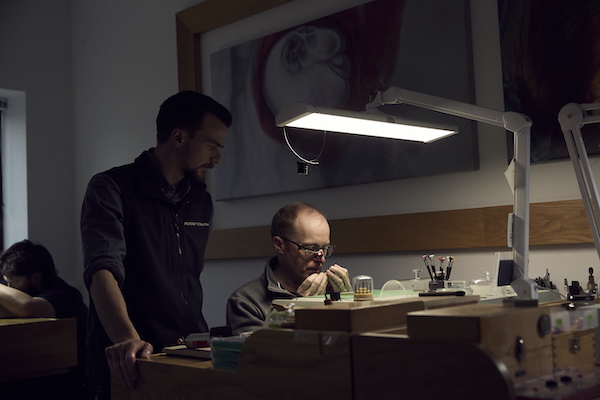
Longevity is very much at the heart of the of the Roger W Smith ethos. He makes watches with a view to them existing—and functioning just as well—many, many years after he’s shuffled off this mortal mainspring. It’s why that perfectionism plays such a big part in his work: that readiness to discard a component, even one that might have taken weeks of hand-work to produce, if it’s not quite right.
“That just comes through being brutally honest with yourself, and maybe sometimes it’s subconscious. It’s that lying in bed at night and something niggling away: was that component really any good?” he says. “In the early days I was really battling with that [doubt], because you’re also fighting to keep a business going, and there’s this overwhelming drive to just get the watch made and the income in. But you do have to have that doubt to maintain quality levels. Now we’re have the luxury of the time to question whether everything we do is good enough”.
Sometimes that’s at the risk of a disgruntled customer who has stumped up high six figures and already waited years for his lifetime-defining watch purchase. Smith recently persuaded one customer—who was all booked ready to go to the Isle of Man to collect—that a piece of engraving wasn’t quite working to his satisfaction. “I think he understood in the end, and the result was really an improvement,” says Smith. “But what it comes down to is this: do I want this watch to be seen by others? Not unless it’s just so. We’re not just making a mechanical device but a work of art in some respects—that’s another aspect that I think people are paying more attention to in watches now”.
It’s why he’s not so interested in—as many big name watch brands now are—using carbon fibre, ceramics or silicon. Much like Zhou Enlai’s apocryphal comment when asked about the effects of the French Revolution—“it’s too early to say”—Smith is wary of using materials that haven’t undergone sufficient trials, by which he means over at least decades.
"It’s why he’s not so interested in—-as many big name watch brands now are— using carbon fibre, ceramics or silicon. Much like Zhou Enlai’s apocryphal comment when asked about the effects of the French Revolution— ‘it’s too early to say’—Smith is wary of using materials that haven’t undergone sufficient trials, by which he means over at least decades.”
“George’s own tools are a reminder not to stray: like George I want to make watches that fit into the great watchmaking tradition,” Smith explains. “No, my watches won’t keep better time, and it’s true that a cog hand-made is probably no better than one stamped out by a machine. But not using anything other than very traditional techniques and materials means these watches will be around for centuries. And I wouldn’t be happy with anything less.”
This isn’t to say that he doesn’t see scope for improvement. For the last few years he’s been working on a research project into nano coatings with the Faculty of Science and Engineering at Manchester Metropolitan University, UK. It has concluded that coating certain parts in a watch movement at the micron scale is both possible and would greatly reduce friction—it’s friction that wears out a movement, that means it must be lubricated using oil, that means it has to be periodically and expensively serviced.
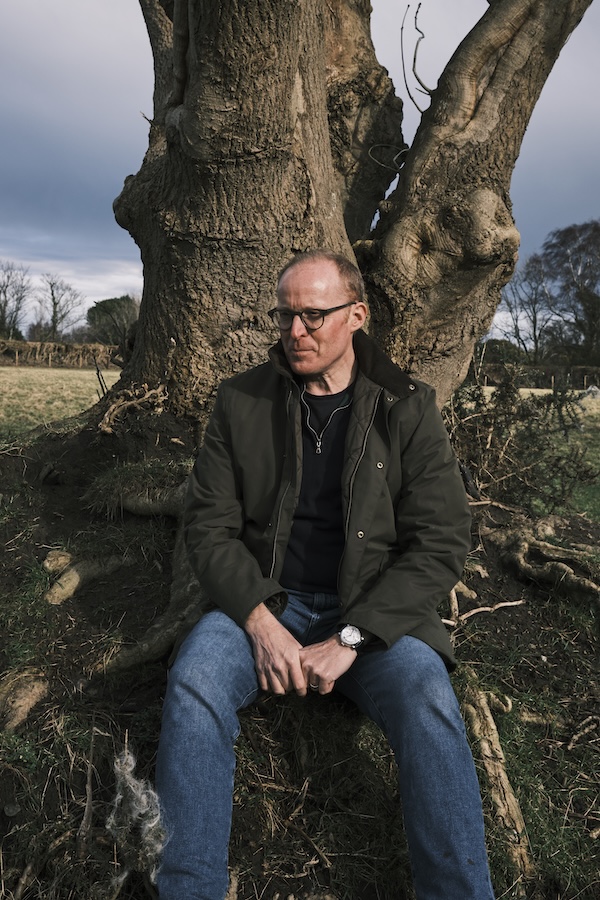
The project is now starting to raise funds for a working test of coated components. If successful, says Smith, they might have the potential to increase the time between services up to 25 years. “Solving the lubrication problem would be a really serious advance in mechanical watchmaking,” he says.
Indeed, it could be a game-changer. But it still wouldn’t tempt him out of his barn on the Isle of Man. Smith jokes that he’s a watchmaker in part because there’s nothing else on the island for him to do. There are a handful of people out there, with deep pockets yes, but also sharing a profoundly deep appreciation for the process of making horological history, who are rather pleased about that.